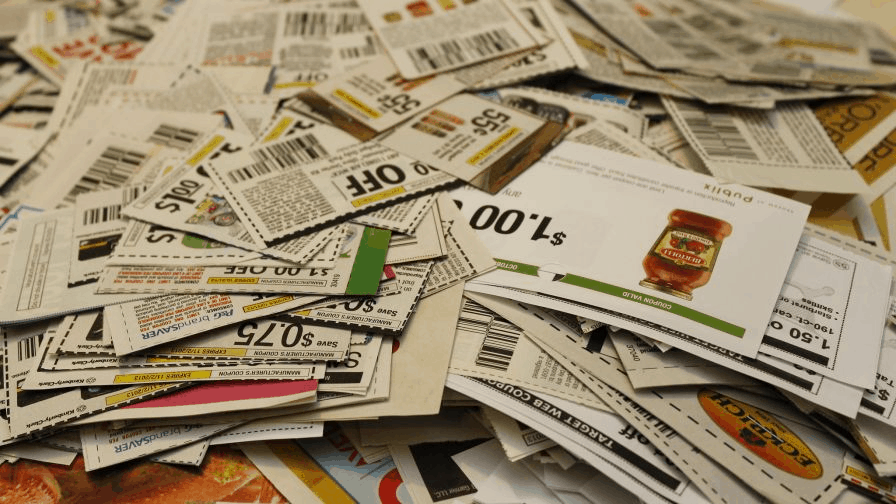Global online retailer Gilt, which prided itself on offering the best reductions on designer goods, has sold for $250 million just four years after being valued at $1 billion.
Murmurs around the performance marketing industry indicate that consumers are growing tired of being constantly bombarded with offers, which made commentary from experts about “consumer fatigue” regarding discounts all the more explainable when it came to analysing Gilt’s recent plight.
Hudson’s Bay Company, the Canadian parent firm of department store chain Saks Fifth Avenue, moved to purchase Gilt at the tail-end of last week and has some pretty radical ideas for how it can turn things around. Plans include an integration with Saks which would see a synergy between online and bricks-and-mortar.
Yet, it’s Gilt’s slump in value that has attracted most of the press, bringing an end to what some sections are calling its “unicorn tale”. With a recent study from SAP Hybris and Forrester finding that 44% of consumers in 2015 were receiving too many offers and promotions, there are signs that the retailer’s discount-heavy strategy had enjoyed its peak in 2011.
While it’s said that Gilt has toned down its early act, UK site visitors are greeted by a prompt for an email newsletter sign-up, with two of the four benefits dedicated to “up to 70% off” and a promise of “new sales every day”.
Big plans
With the deal set to close by the start of next month, an end has been brought on Gilt as its nine million active members knew it.
Just nine years after starting out under the wings of entrepreneurs Kevin Ryan and Dwight Merriman, the retailer will now serve as the growth vehicle behind Saks, with Hudson’s Bay expecting the flash sales retailer to generate an $500 million in sales revenue by the end of the year.
This is a far departure from plans set as early as 2014 about a potential IPO, which was eventually put off following a $50 million funding round conducted early in 2015.
Goldman Sachs had been hired to oversee its move towards an Initial Public Offering before these plans were shelved following concerns over Gilt’s ability to return “consistent growth and profitability”, as stated by a company spokesperson.
A fresh start
Gilt rose to prominence after generating plenty of fashion industry buzz with its first batch of discounts.
It’s believed that offers like its website-crashing 50% discount on Christian Louboutin shoes led to adoption of the ‘flash sales’ concept by a number of online retailers.
Reports from pando.com suggest the company was hiring employees on a daily basis until things started to turn sour. After dismissing 90 employees due to fears of a lack of profit in 2012, Gilt endured a downward spiral which saw plans for an IPO grow further away by the month.
It had also enjoyed the last of its funding missions for a while – last February’s coup of $50 million being the first injection of cash since an “undisclosed” account was gained in 2011, according to accounts on CrunchBase.
Reports last year put the company’s immediate future in doubt after re/code sources revealed that a third of the company’s revenue came from the redemption of discounts in Gmail inboxes – the same model that was being touted for a demise.
Last year PerformanceIN spoke with a number of performance marketing industry sources about trends in discount usage, finding that a move away from incentivisation was present in certain corners.
Despite this, and CEO Michelle Peluso admitting that it “didn’t have that mix right in 2014”, last year the company was looking to its recently gained $50 million to ease expansion into Australia and China.
It now faces a fresh start under the capable guardianship of Hudson’s Bay Company, whose various retail properties reported revenue of C$8.17 billion (£3.9 billion) in 2014.

